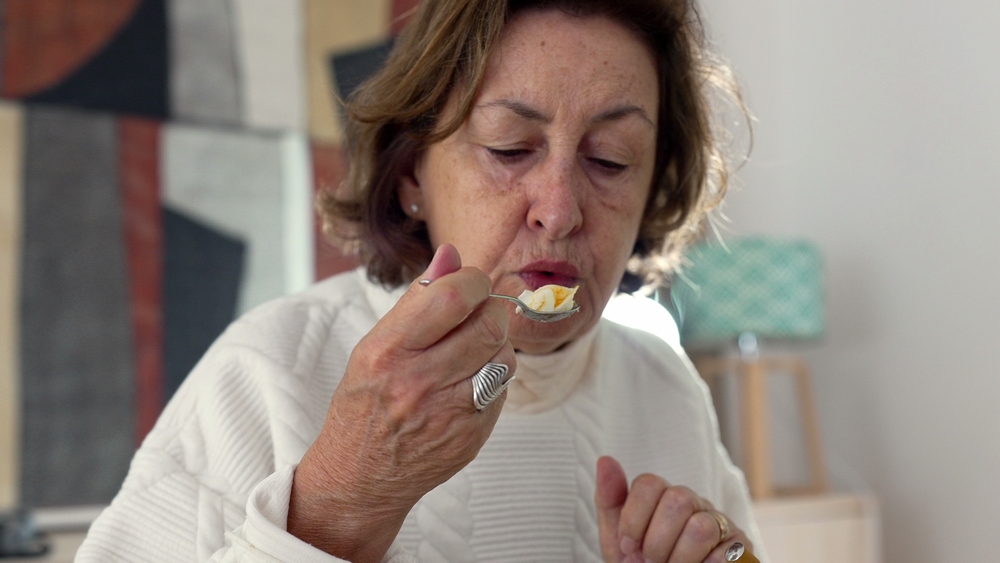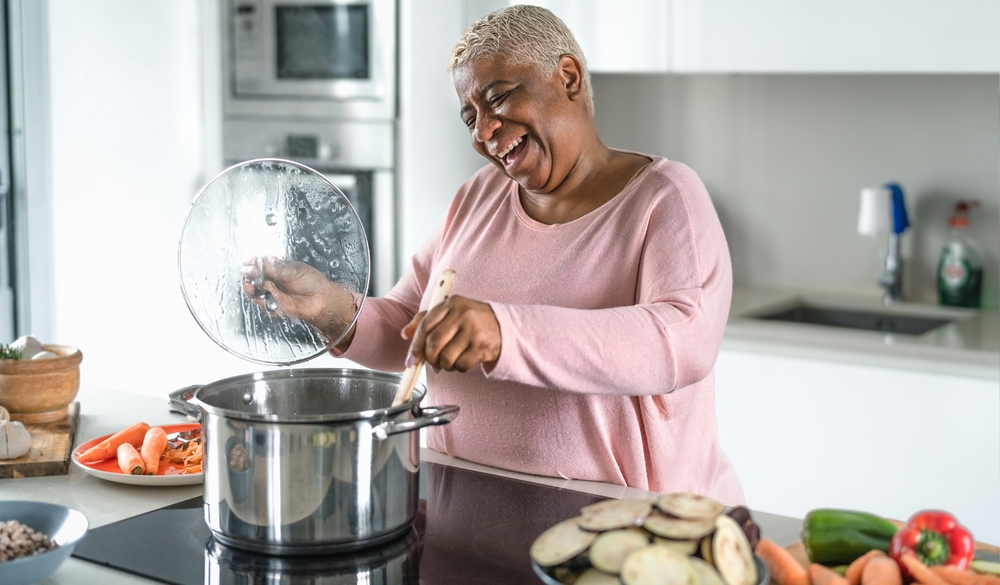Feeding Tubes for the Elderly: Pros and Cons
Category:

Because there are countless reasons a person might need a feeding tube, the range of advantages and disadvantages can be just as wide. But what different kinds of tubes are there, and what kind of risks or complications can you expect along the way? Learning more about the pros and cons of feeding tubes can help prepare you for thinking about these kinds of tough decisions.
Types of Feeding Tubes the Elderly Might Need
Feeding tubes can deliver food, fluids, and medications in several different ways. Some involve pumps, a syringe, or even a gravity-based system. There are also temporary, permanent, or semi-permanent feeding tubes. The temporary variety is typically inserted through the mouth or nose into the stomach and can remain safely in place for about two weeks.
The permanent or semi-permanent varieties help move food directly into the stomach, bypassing the throat, mouth, esophagus. There are also several types of permanent tubes, each differing based on the placement and size of the tube. For example, a percutaneous endoscopic gastrostomy (PEG) tube is placed in the lower abdomen.
Download a Free Guide to Home Care
Any surgery carries risk, but feeding tube surgery is relatively routine and fairly quick. It often does not require anesthesia. For instance, a PEG tube placement involves lowering a scope into the mouth and down into the stomach. The scope shines a light outward from within the stomach to help the surgeon determine where to make an incision. The tube is positioned, a bandage is applied, and feeding can begin almost immediately.
Feeding Tubes for the Elderly: Pros and Cons
In the right circumstances, a person’s quality of life with a feeding tube can be considerably improved. Feeding tubes for the elderly are often effective at relieving gas, bloating, vomiting, and nausea. And apart from assisting with digestion, one of the main goals of using a feeding tube is typically to help ensure food or liquid doesn’t end up in the lungs, which can lead to aspiration pneumonia. If removal of the tube ever becomes desired or necessary, a healthcare provider can generally complete the process in a matter of seconds.
With that said, the mortality rate for patients with a PEG tube after 1-year isestimated to be around 50-60%. Andresearch shows 70% of elderly patients who survive beyond a year showed no improvement in function or nutritional status. That’s especially true among patients with advanced dementia, who typically seeno survival benefit compared to those without a feeding tube. There are also a handful of complications to consider.
Feeding Tube Complications
Healthy healing will ensure the surgical incision closes tightly around the tube, which prevents the leaking of fluid or food. However, the elderly heal at a slower rate than young adults. That means there’s usually a longer period of tube care involved with this kind of surgery.
How about common complications? Onestudy found that the most common tube-related complications were broken/plugged tubes, which accounted for nearly half of all problems. Other common feeding tube problems elderly individuals experienced included tube leakage, diarrhea, and dermatitis of the stoma. There are also uncommon complications like infections, which healthy tube care can help prevent.
Deciding on a Tube
Feeding tubes for the elderly can sometimes provide people with a considerable quality of life improvement. Many people who rely on feeding tubes can recover function or improve their nutritional status. But as is often the case, it’s important to talk with your doctor to help establish your expectations and make informed decisions based on your unique circumstances.
Subscribe
Date: 2021-01-28
Category:


